About Us
- Home /
- About Us
Divine Life Story
The extraordinary journey of the 24th tirthankara from royal prince to enlightened master
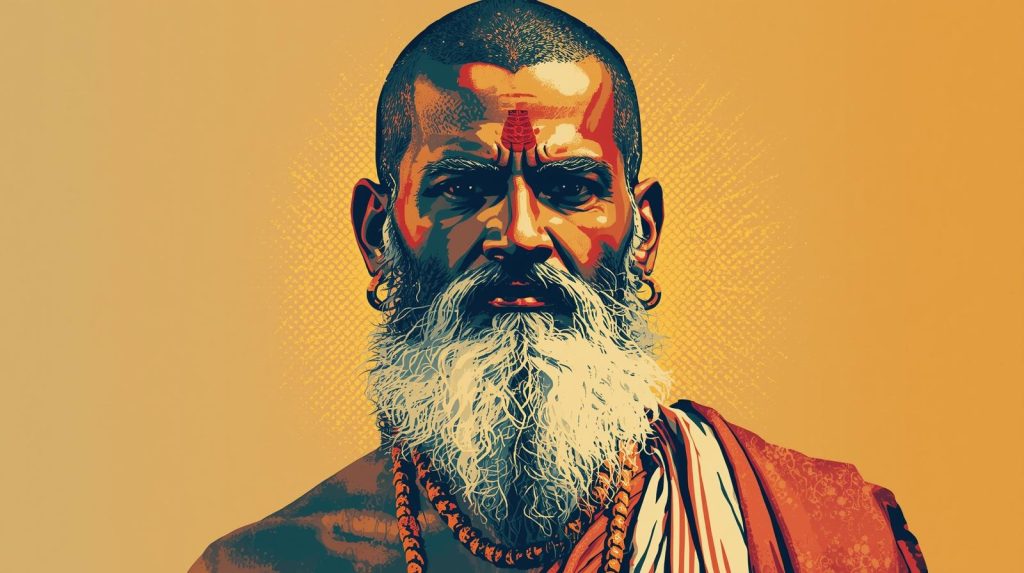
Born as Vardhamāna around 599 BCE in Kundagrāma (near Vaishali, in present-day Bihar), he was the son of King Siddhartha and Queen Trishalā. His birth is celebrated by Jains during Mahavir Janma Kalyanak, usually falling in March or April.

At around age 30, Mahavira renounced his royal privileges. He embraced extreme asceticism—roaming, meditating, fasting, and practicing non-attachment. In the Digambara tradition, he eventually discarded all clothing, while the Śvētāmbara tradition states he wore simple white garments.
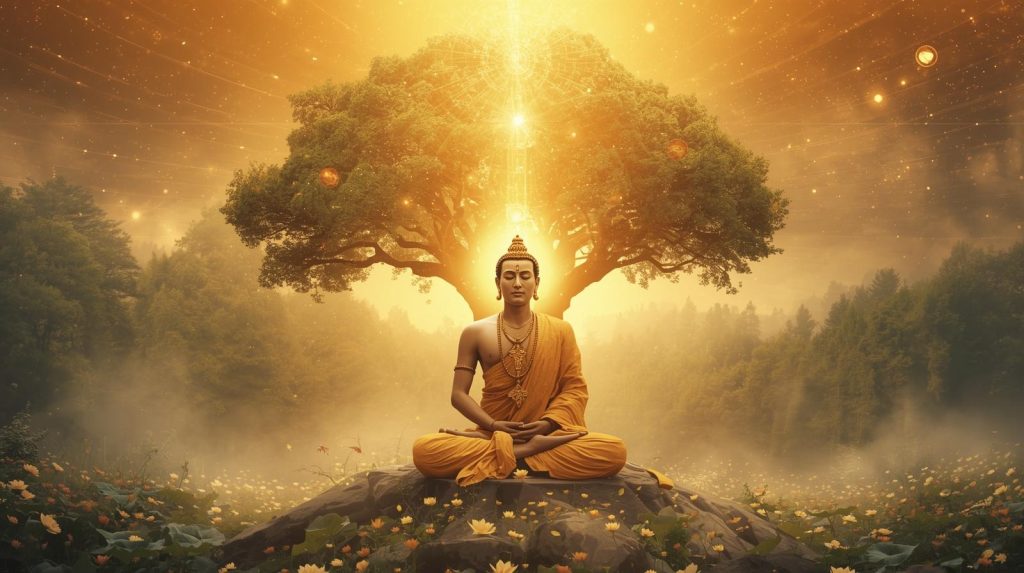
After approximately 12 years of rigorous meditation and austerities, he attained Kevala Jñāna—absolute knowledge or omniscience. This is considered the pivotal event that established him as a spiritual conqueror (Jina).

At around age 72 (circa 527 BCE), Mahavira attained liberation—Nirvana or Moksha—at Pawapuri (also known as Pava), Bihar. This event is commemorated by Jains during Diwali.
Sacred Symbolism
Sacred Symbolism connected to Mahavira and Jain tradition

Bull - Sacred Emblem
The bull represents strength, determination, and unwavering devotion to dharma. It symbolizes the steadfast nature required for spiritual progress.

Golden - Divine Color
Golden represents purity, enlightenment, and divine wisdom. It signifies the radiant spiritual energy that emanates from the Tirthankara.

Banyan - Sacred Tree
The Banyan tree symbolizes eternal life, wisdom, and shelter. Under this tree, Shreyansanath attained Keval Gyaan and provided spiritual guidance.
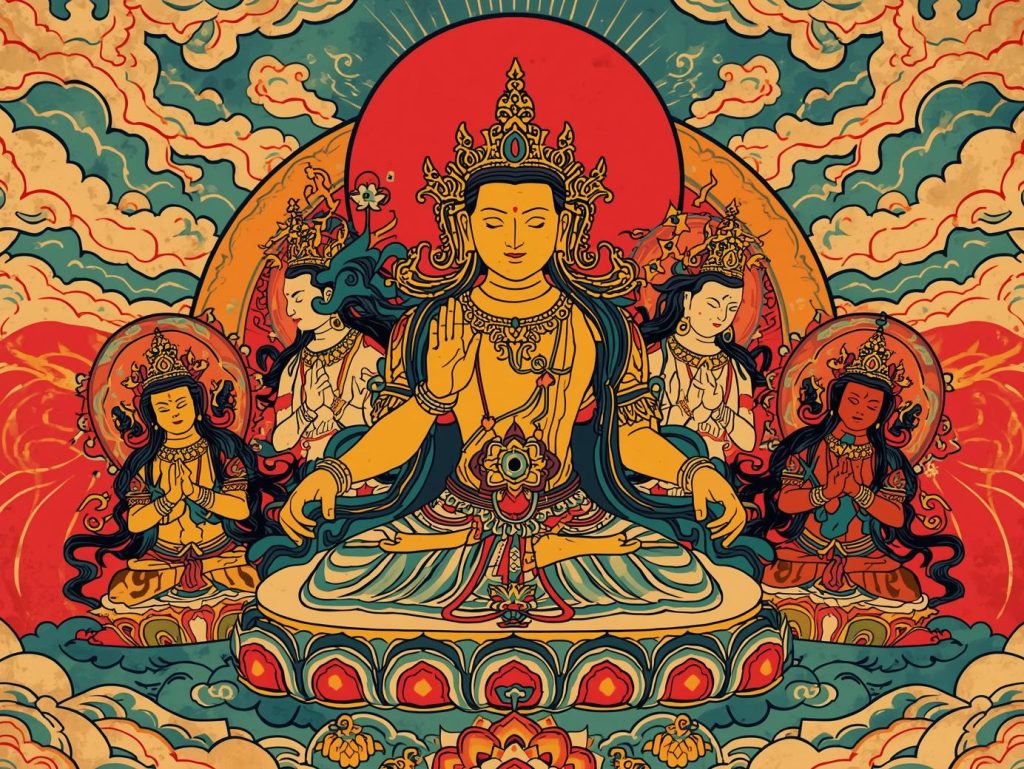
Yaksha & Yakshini
The divine attendants who serve and protect the Tirthankara, representing the celestial forces that support spiritual seekers on their path to liberation.
Historical References
Ancient scriptures and archaeological evidence that validate the historical existence of Bhagwan Maharvir ji
📚 Jain Scriptures
Ācāranga Sūtra
Describes Mahavira’s renunciation and ascetic practices.
Kalpa Sūtra
Records his birth, enlightenment, and liberation (by Bhadrabahu).
Uttaradhyayana Sūtra
Contains his spiritual teachings and dialogues.
Bhagavati Sūtra
Details philosophical discourses and interactions.
Buddhist Texts (Anguttara Nikaya)
Refer to Mahavira as Nigantha Nataputta, a contemporary of Buddha.
🏛️ Archaeological Evidence
Ācāranga Sūtra
Describes Mahavira’s renunciation and ascetic practices.
Kalpa Sūtra
Records his birth, enlightenment, and liberation (by Bhadrabahu).
Uttaradhyayana Sūtra
Contains his spiritual teachings and dialogues.
Bhagavati Sūtra
Details philosophical discourses and interactions.
Buddhist Texts (Anguttara Nikaya)
Refer to Mahavira as Nigantha Nataputta, a contemporary of Buddha.
Legends & Spiritual Significance
Sacred stories and profound spiritual meanings that inspire devotees across generations
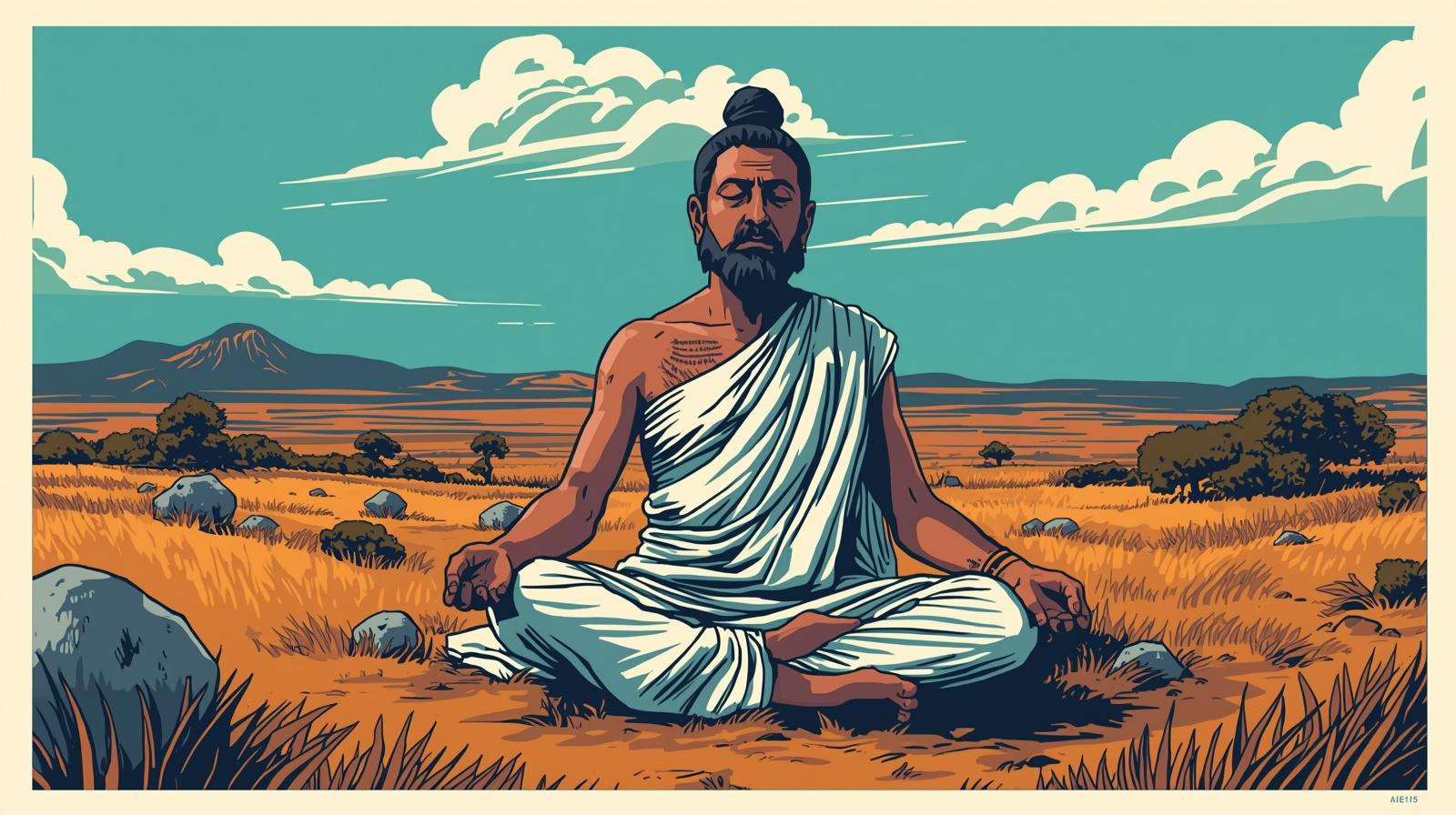
The 24 Teacher of Humanity
Legend tells that before Bhagwan Mahavir, humans lived without knowledge of agriculture, arts, or spiritual practices. He taught them everything from farming to governance, from crafts to the path of liberation.
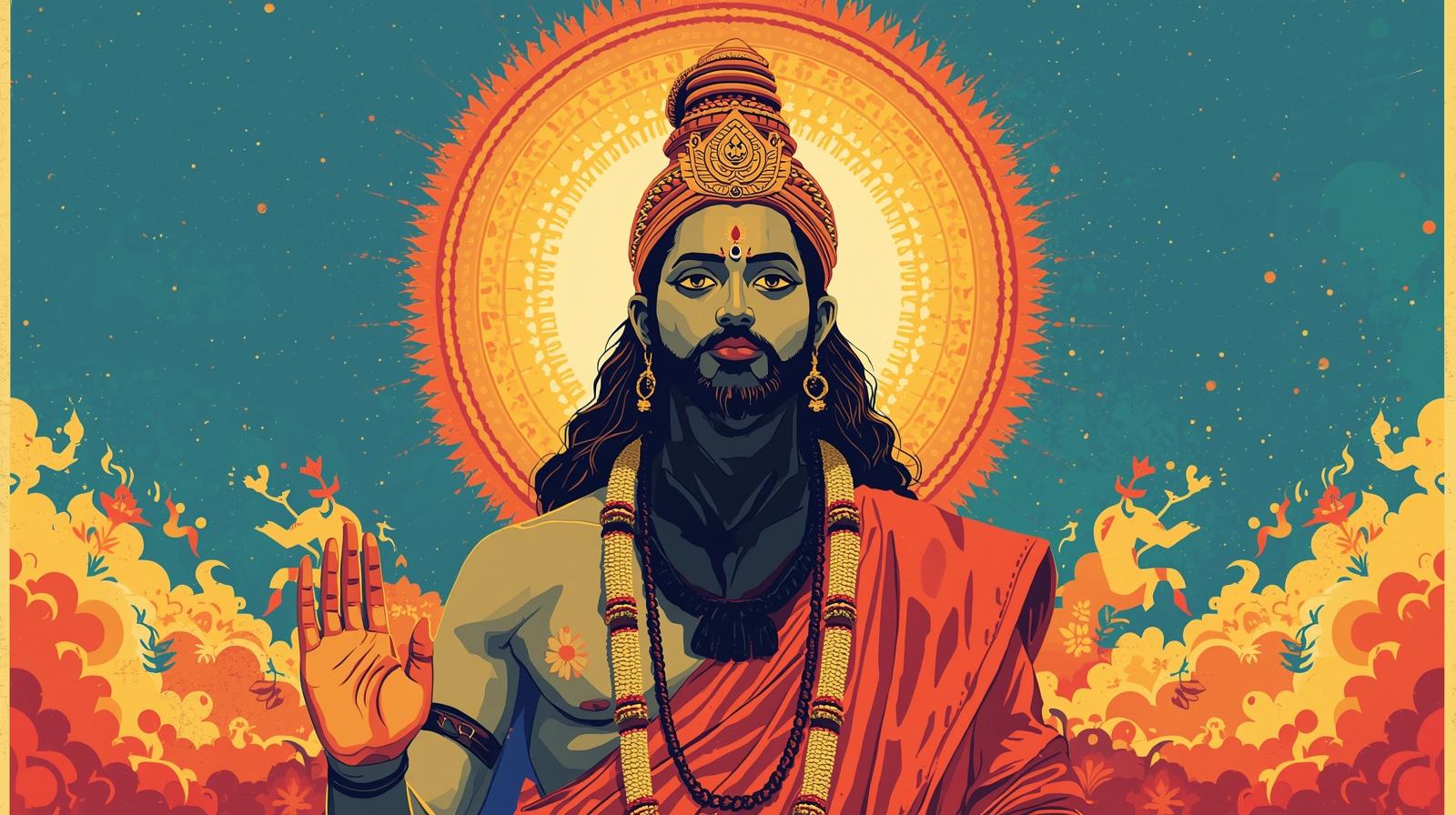
Profound Spiritual Meanings
Bhagwan Mahavir is considered the beginning of the current cosmic cycle. His appearance marks the start of human civilization and spiritual evolution in this universe.
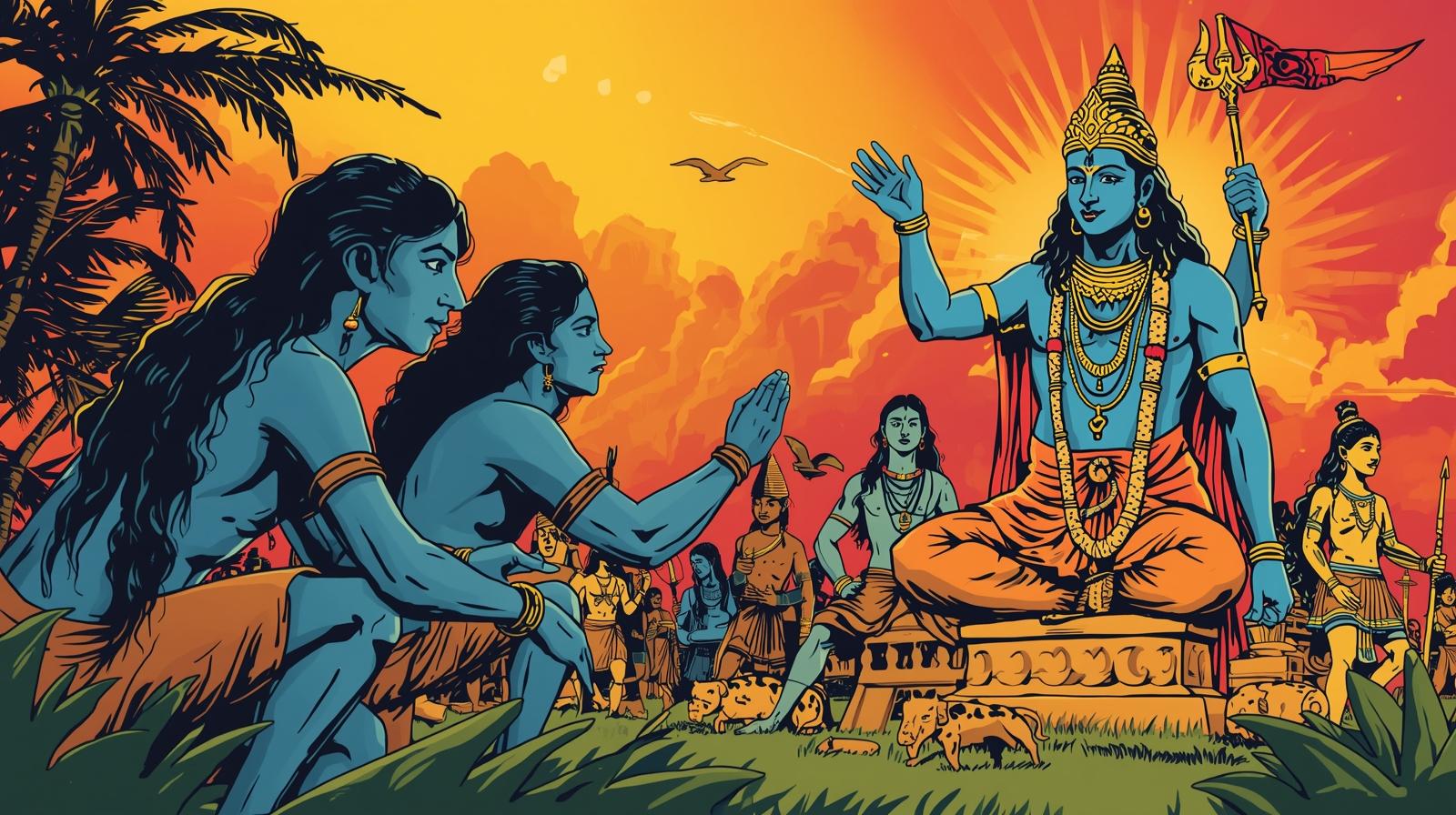
The Great Transformation
The legend describes how Bhagwan Mahavir transformed primitive humans into civilized beings, teaching them language, culture, and the principles of righteous living.
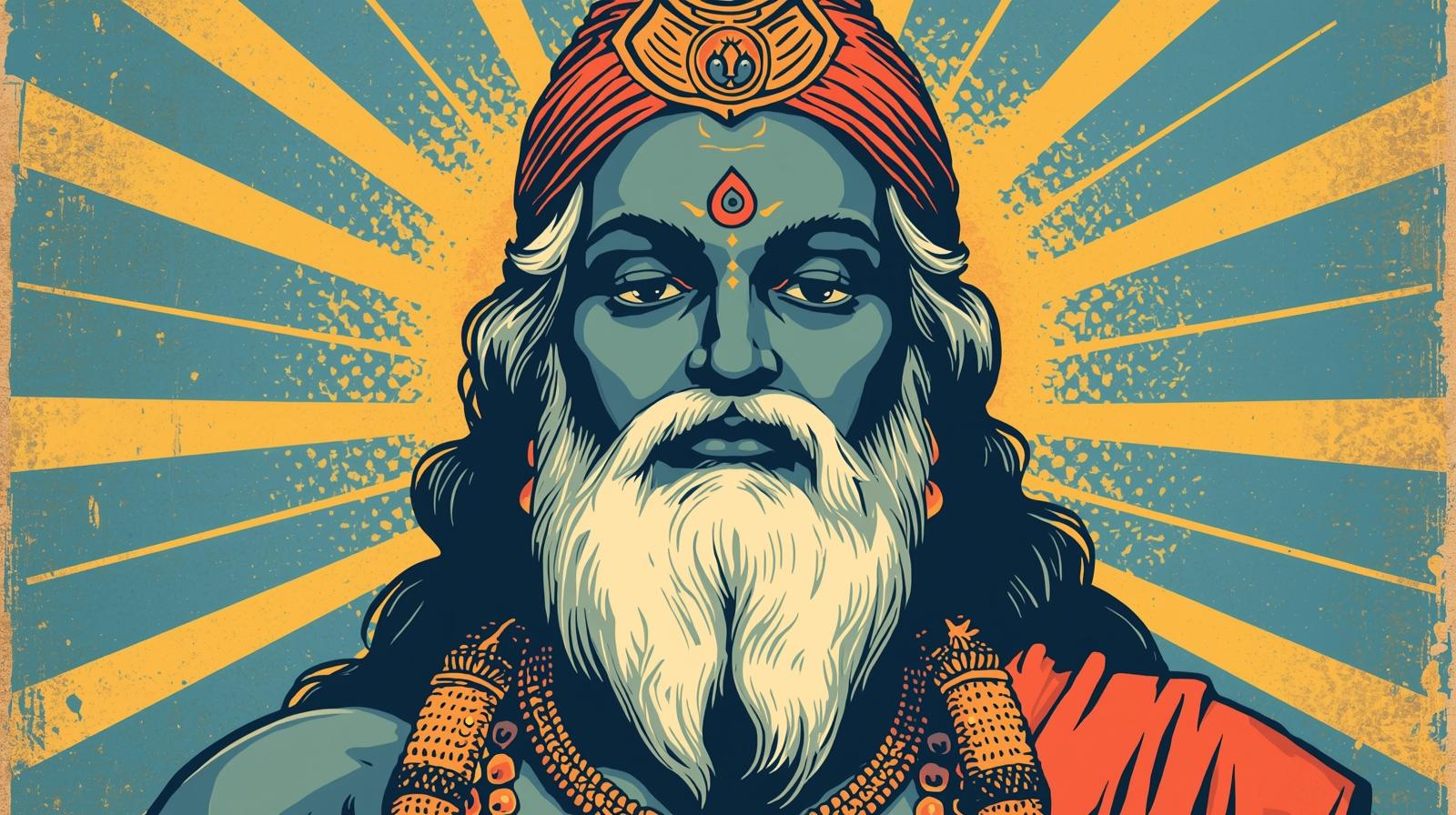
Path to Liberation
Bhagwan Mahavir represents the eternal possibility of liberation for every soul. His journey from prince to enlightened master shows the path every being can follow.
Support Our Mission
Help us spread the divine teachings of Mahavir Swami and maintain sacred temples for future generations
